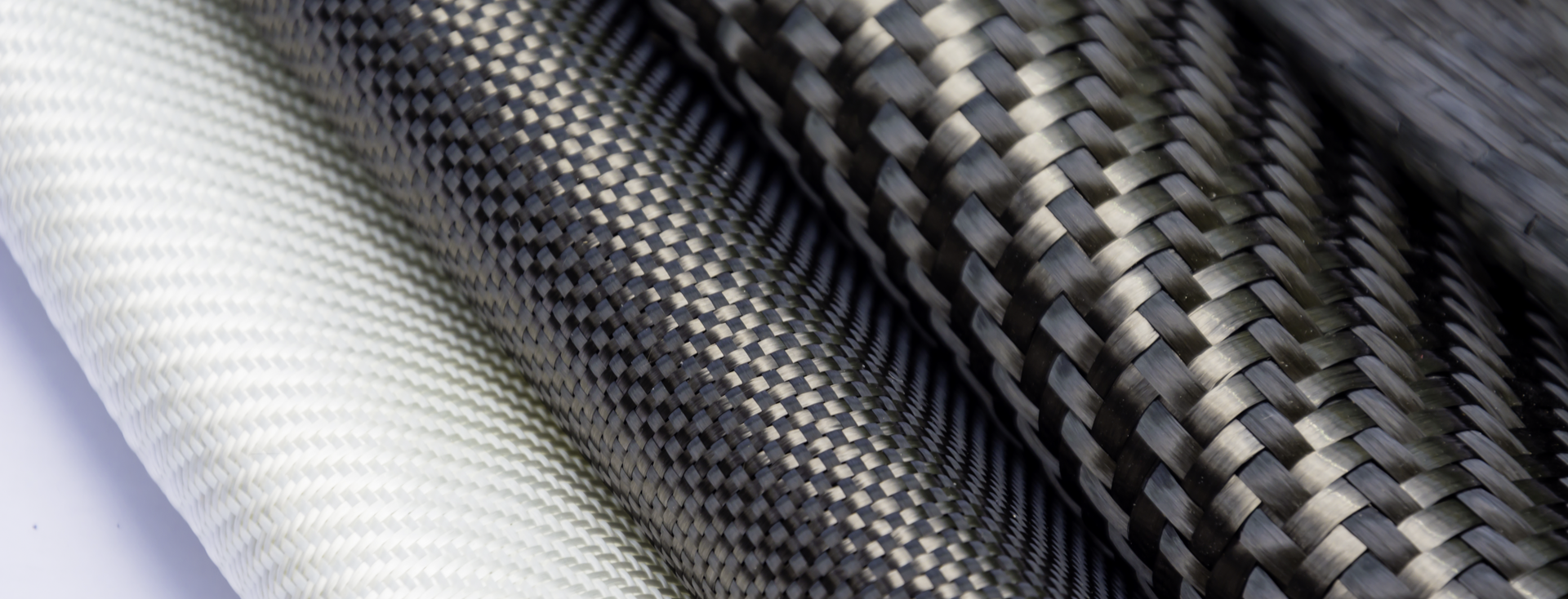
Fiber reinforced polymers
Contact angle and surface tension for optimizing the wetting and adhesion between fibers and matrix plastic
Embedded glass, mineral or carbon fibers impart new properties, such as high tensile and breaking strength or conductivity, to plastics while at the same time having low density. New areas of application for fiber-reinforced polymers are continuously arising thanks to the flexible form of the material.
The embedding of fibers is often a challenge for the surface chemistry, as many fibers encounter poor wetting properties of the plastic melts or curing compounds. Measurements of the contact angle on single fibers or fiber bundles as well as the surface characterization of the matrix plastic enable the fiber coating and embedding process to be specifically optimized.
Typical areas of application for fiber-reinforced plastics
- Automobile and aircraft construction
- Sports equipment
- Printed circuit boards
- Artificial wood
- Lightweight structures in buildings
Contact angle measurements for fiber coating and embedding
Before embedding in the plastic matrix, the fiber is frequently pre-coated, usually with the material similar to the target plastic. For example, carbon fibers are often coated with an epoxy resin before they are incorporated into an epoxy matrix. This results in new interfaces between fiber and coating and between coating and target matrix. These can be investigated step-by-step based on the contact angle using a Force Tensiometer.
Our Force Tensiometer measures the wettability of the fiber based on the contact angle. For this purpose, it makes precise measurements of the wetting forces on fibers. A quality check can therefore be carried out at a very early stage, namely before the fibers are plaited into bundles for embedding, with the help of our measuring equipment. Later inspection of the bundles can be carried out and even heterogeneous fiber composites investigated with the help of our instruments and the Washburn method.
Investigation of adhesion and long-term stability
Along with the initial wettability, the adhesion achieved between fiber and matrix plastic is of particular interest. This can be calculated by measuring the surface free energy of the fiber and the surface tension of the curing compound separately. Polymer melts for embedding in thermoplastic plastics can also be investigated.
The interfacial tension between fiber and matrix is a further result of the separate investigation of the phases. This is a measure of the inherent instability of the bond, and should be kept as low as possible in order to ensure stable embedding.





